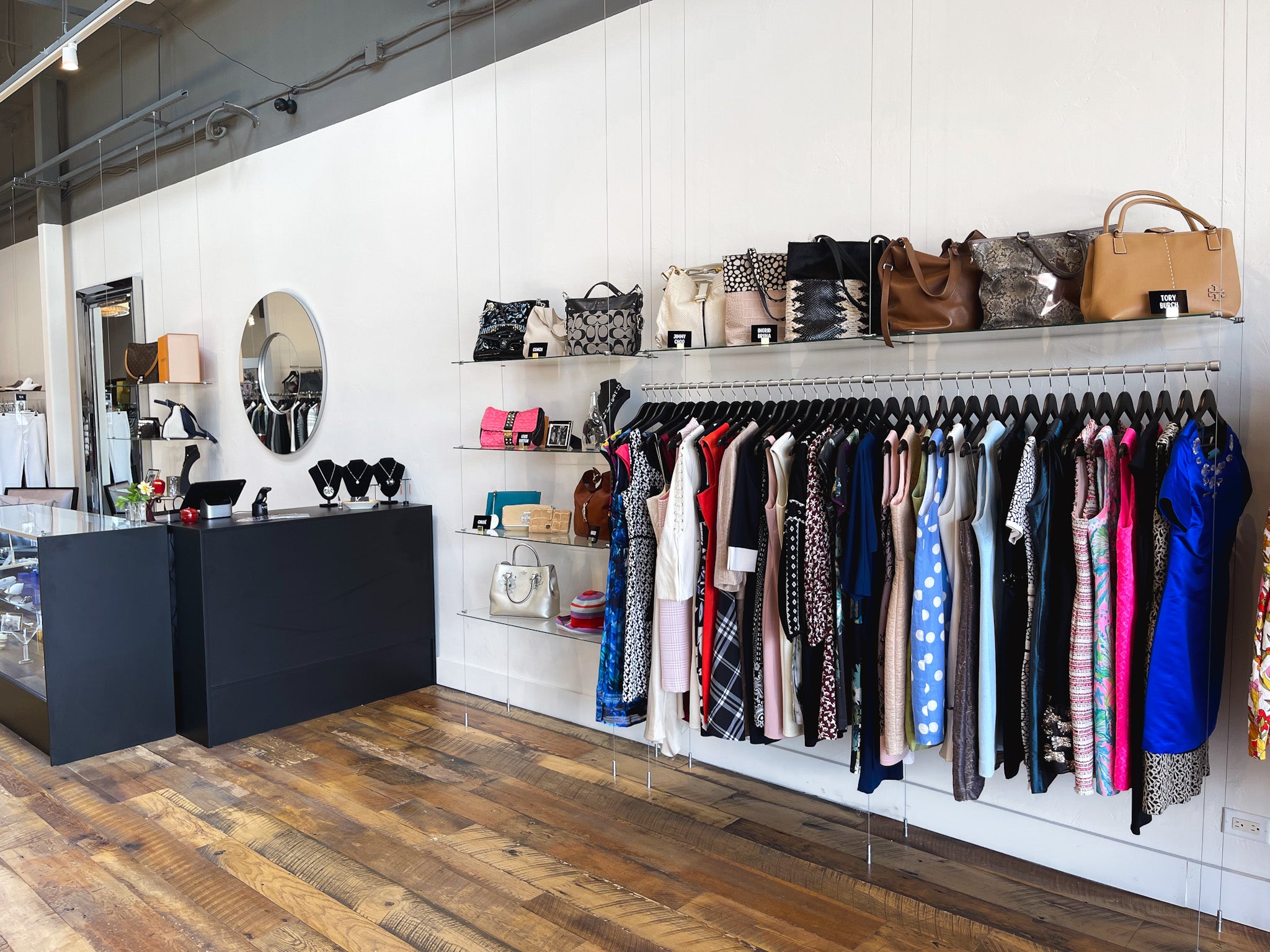A Deep Dive Into the Globe of High-Fashion Runways: Recognizing Clothes as Art
Designers, a lot like skillful musicians, weave complex stories with fabric, form, and color, redefining and testing conventional standards beauty standards. As we explore these sartorial eyeglasses, we must ponder: what duty does style play in shaping societal worths, and just how does it reflect the ever-changing tapestry of human emotion and identification?
The Advancement of Runway Reveals
The trajectory of path programs has actually changed substantially over the years, advancing from special market occasions to exciting spectacles that mix style with art. Generally, path shows were intimate affairs, kept in ateliers or little places, mostly participated in by customers and market experts. These early discussions concentrated on the garments' craftsmanship and commercial viability, offering a straight and practical screen of seasonal collections.
As the style sector increased, the nature of runway programs began to transform. The 1970s and 1980s marked a turning point, with designers seeking to identify themselves through even more theatrical discussions.
In the last few years, modern technology and social media have better revolutionized runway programs, making them available to an international target market. Livestreaming and electronic platforms have equalized style, enabling fanatics worldwide to witness these occasions in real-time (boutique fashion). This advancement mirrors a broader cultural change, where high-fashion runways offer as a dynamic intersection of efficiency, design, and development
Designers as Visionary Artists
How have designers transcended their roles to become visionary artists? Developers in the high-fashion sector have obscured the lines between functional garment production and the conceptual world of art. This makeover appears in the method they approach their collections, not simply as clothing however as profound expressions of emotion, identity, and culture. By accepting artistic self-controls such as sculpture, painting, and avant-garde installments, designers craft garments that test conventional fashion norms and elevate them to art kinds.
Visionary developers draw motivation from a myriad of sources, consisting of abstract art, historic references, and personal stories. They possess a distinct capacity to picture and emerge ideas that press the boundaries of standard style, usually redefining aesthetic standards in the procedure. This imaginative ingenuity is showcased via significant shapes, cutting-edge products, and complex craftsmanship, which welcome viewers to experience fashion as greater than simply wearable things.
Furthermore, the runway functions as a canvas for these artists, where lighting, music, and set layout coalesce to create immersive experiences. These presentations are not simply displays of garments but are orchestrated efficiencies that stimulate emotion and prompt thought, verifying the designer's function as a true musician in the modern cultural landscape.
Cultural Impacts in Fashion
Cultural tapestry weaves its intricate patterns right into the textile of fashion, influencing developers around the world. The dynamic interchange of social stories, practices, and signs educates and inspires collections that poise high-fashion paths.
The impact of culture on style is commonly seen in the reinterpretation of traditional garments and patterns. For circumstances, the usage of Japanese bathrobes, Indian saris, or African prints in modern fashion mirrors a blend of cultural credibility and modern aesthetic appeals. Developers such as Valentino's Pierpaolo Piccioli and Alexander McQueen's Sarah Burton have actually been understood to include rich social themes right into their couture collections, translating history right into wearable art.

Development in Material and Style
Advancement in material and design constantly improves the landscape of high-fashion, pushing limits and redefining opportunities. Designers are progressively exploring the combination of technology, such as 3D printing, which enables for the creation of intricate structures that were previously unthinkable.
The fashion sector is witnessing a surge in the usage of green materials, obtained from recycled plastics, natural fibers, and also biodegradable components. Designers are accepting these products to craft garments that are both mindful and aesthetically striking of their ecological footprint.
In terms of try this web-site design, progressive shapes and experimental forms are continually revolutionizing the runway. By incorporating unique products and innovative strategies, designers cultivate garments that obscure the line in between style and art, establishing brand-new criteria for creative thinking and expression in the high-fashion round.
Influence of Style on Culture
Style possesses a profound influence on society, working as both a reflection of social identification and a stimulant for social change. Via its advancement, style has actually mirrored social shifts, encapsulating the zeitgeist of various eras. As an example, the flapper dresses of the 1920s personified a newly found feeling of ladies's liberation, while the bold prints of the 1960s resembled the cutting edge spirit of the moment. High-fashion runways, specifically, act as link systems for tough norms and redefining elegance criteria. Developers make use of these locations to attend to pressing social issues, from sustainability to variety, consequently shaping public discourse.
Furthermore, style has the power to bridge cultural voids, promoting understanding and appreciation amongst diverse teams. As globalisation accelerates, the cross-cultural exchange of style ideas ends up being significantly significant, advertising inclusivity and diversity. The increase of streetwear, originating from metropolitan subcultures, illustrates exactly how style great site can transcend socio-economic limits, granting individuals a method of self-expression and empowerment.
In essence, style is not merely regarding aesthetics; it is a vibrant pressure that influences worths, perspectives, and societal progression (boutique fashion). By continuously engaging with social and cultural currents, fashion continues to be an essential component of the cumulative human experience

Final Thought
Developers, comparable to visionary artists, coordinate collections that reflect identification, feeling, and social stories, challenging traditional appearances. This junction of style and creativity not just captivates target markets globally however additionally affects societal perceptions and promotes a much deeper appreciation for social variety.

Cultural tapestry weaves its detailed patterns right into the material of fashion, influencing developers worldwide.Fashion possesses a profound impact on society, serving as both a reflection of social identity and a catalyst for social adjustment.